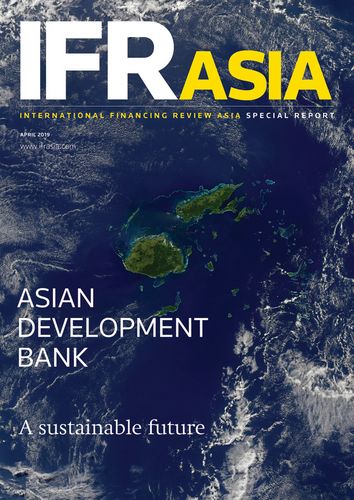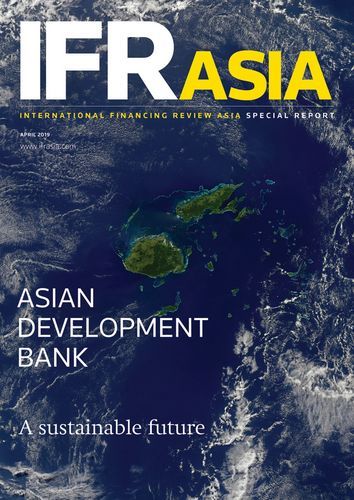Sustainability is a key concern for Fiji, the host of this year’s Asian Development Bank annual meetings. Its low-lying outer islands are under threat from rising sea levels as a result of climate change, and ocean plastics and overfishing are a growing risk to its revenues.
The ADB also needs to work hard to ensure its sustainability. To keep shareholders on side, it is reforming its lending practices to prioritise poorer countries and address social issues, such as gender equality and education.
The bank is also expanding into more commercial lending to boost its resources and help it provide more grants and soft loans in the future without asking shareholders for more money.
Reshaping a 3,300-strong organisation with 68 motivated shareholders will be a challenge, but it is clear that the bank needs to respond to Asia’s changing circumstances.
Five decades ago, when the ADB was founded, East Asia’s total GDP was US$251bn; today that figure is over US$24trn. China’s economy alone has grown by more than 150 times.
Countries such as China have become richer, and many more developed economies no longer borrow from the ADB at all. As that trend continues, the ADB’s historic focus on infrastructure finance will become less relevant to the region.
Responding to change will require new tools, new skills, and new staff able to use them. Attracting the right talent for the future will mean a more flexible working style, more localised operations and greater investment in technology. The bank must also expand its risk management, price loans appropriately and select its projects carefully – in short, become more commercial.
That is not to say the ADB needs to hire an army of investment bankers. It must strike a delicate balance between a sharper commercial focus and its development agenda, using its resources and its expertise where they can make the biggest impact. All Asian countries should be looking to learn from the ADB’s experts on climate change, disaster resilience and gender equality – even if they no longer need its money.
Of course, there is still much to be done. As many as 1.5 billion people in Asia still lack access to basic sanitation, and 326 million live below the US$1.90 a day poverty line. Climate change, natural disasters and extreme weather events add to the challenge, no matter how much an economy has grown over the past 50 years.
The ADB’s resources remain important, but its biggest asset in the future will be its knowledge. As new technology becomes more important and Asia’s needs evolve, it will need to work hard to keep the institution – and the region – on track to a sustainable future.
To see the digital version of this roundtable, please click here
To purchase printed copies or a PDF of this report, please email gloria.balbastro@tr.com


